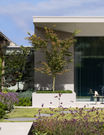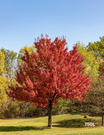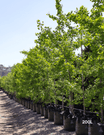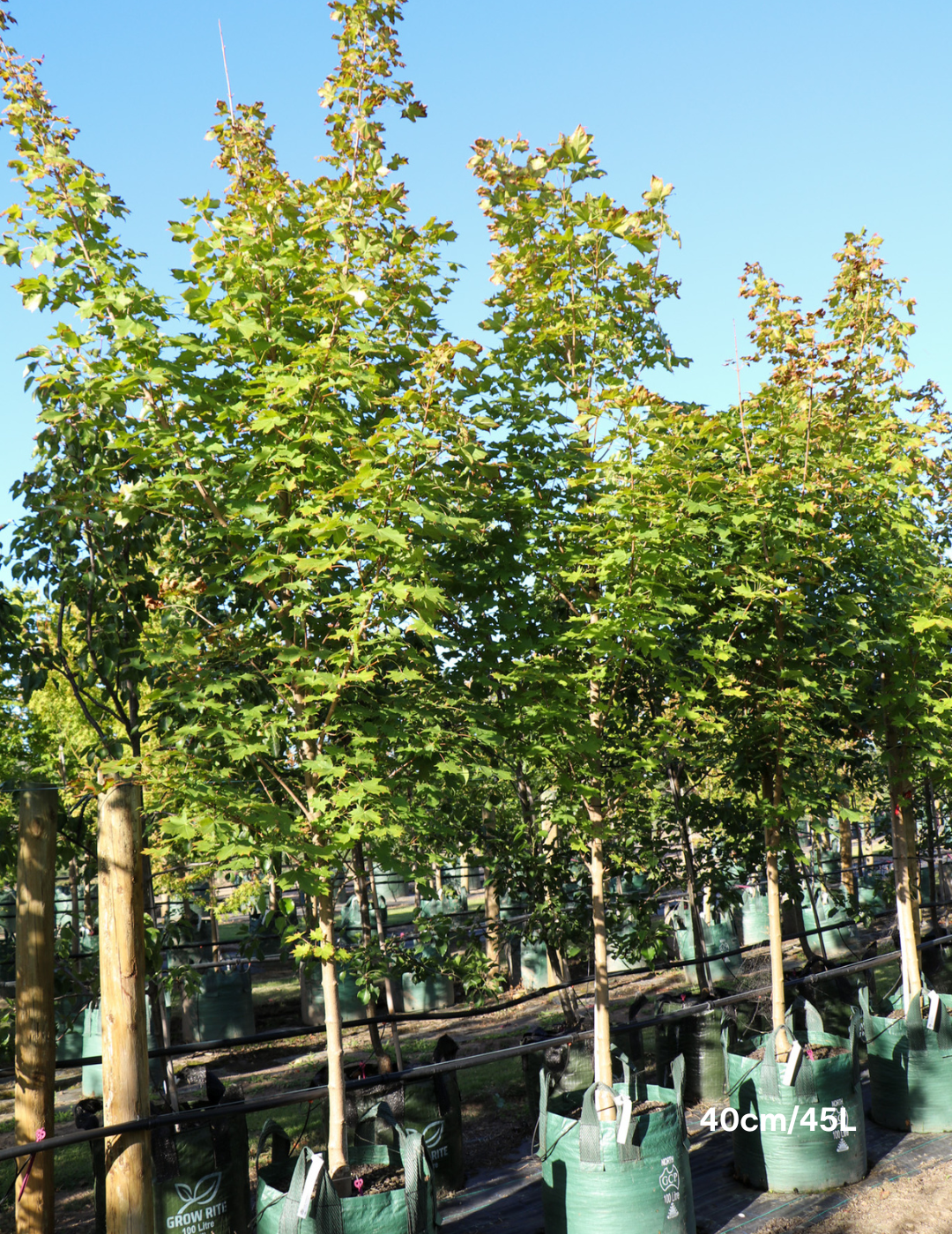When it comes to enhancing your home’s energy efficiency, planting trees is one of the most effective and eco-friendly strategies. Trees beautify your landscape and provide substantial benefits by regulating temperatures, reducing energy costs, and improving air quality. This guide will walk you through the strategic planting of trees to optimize your home's energy performance, focusing on the Acer platanoides (Norway Maple), Quercus robur (English Oak), and Populus nigra (Black Poplar).
The Power of Strategic Tree Planting
Understanding the Benefits
Planting trees around your home can lead to significant energy savings and comfort improvements. Here's how:
- Shade Provision: Trees provide shade that can reduce summer cooling costs by lowering your home's temperature.
- Windbreaks: Trees can act as windbreaks, reducing heating costs in the winter by blocking cold winds.
- Insulation: Trees enhance natural insulation by buffering temperature extremes.
By understanding these benefits, you can decide where and how to plant trees for optimal energy efficiency.
Ideal Tree Choices for Energy Efficiency
Acer platanoides (Norway Maple)
The Norway Maple is a versatile and robust tree with excellent shade coverage. Here’s why it’s a great choice:
- Shade and Cooling: The Norway Maple's broad canopy provides substantial shade, which can lower indoor temperatures and reduce reliance on air conditioning.
- Adaptability: This tree is suitable for different areas of your garden and adaptable to various soil types and conditions.
- Aesthetic Appeal: Its lush green leaves turn yellow in the fall, adding seasonal beauty to your landscape.
Planting Tip: Position the Acer platanoides on the southern or western side of your home to block the harsh afternoon sun and keep your interiors cooler.
Quercus robur (English Oak)
The English Oak is a majestic and long-lived tree that can enhance your property in several ways:
- Windbreak and Shelter: Its dense foliage and sturdy structure make it an effective windbreak, reducing cold drafts and lowering heating costs in winter.
- Longevity: English Oaks are long-lasting, providing benefits for decades with minimal maintenance.
- Ecological Benefits: This tree supports local wildlife and contributes to biodiversity, making it an excellent choice for eco-conscious homeowners.
Planting Tip: Plant the Quercus robur (English Oak) on the northern or northwestern side of your property to shield your home from prevailing winter winds and reduce heating needs.
Populus nigra (Black Poplar)
The Black Poplar is a fast-growing tree with unique characteristics that can improve your home’s energy efficiency:
- Rapid Growth: Known for its quick growth, the Black Poplar can quickly provide shade and wind protection.
- Windbreak and Privacy: It forms a dense screen, acting as an effective windbreak and providing privacy from neighboring properties.
- Environmental Impact: The Black Poplar helps control soil erosion and improve air quality.
Planting Tip: Use the Populus nigra (Black Poplar) to create a windbreak or privacy screen along the boundaries of your property, especially in areas exposed to strong winds.
Practical Planting Tips
Optimal Planting Locations
- Shade Trees: Place shade trees like the Norway Maple where they can block sunlight from windows and walls to reduce cooling costs.
- Windbreaks: Position windbreak trees such as the English Oak on the windward side of your home to shield against cold winds.
- Privacy Screens: Use Black Poplar to create natural barriers and enhance privacy.
Tree Spacing and Maintenance
- Spacing: Ensure adequate spacing between trees to allow for their mature size and avoid overcrowding, which can reduce their effectiveness and health.
- Maintenance: Regularly prune and care for your trees to ensure they remain healthy and provide optimal benefits.
Environmental Considerations
- Soil and Water: Choose tree species suited to your soil type and climate. Proper watering and soil care will ensure your trees thrive and continue to offer energy efficiency benefits.
- Local Regulations: Check local regulations and guidelines for planting trees, as there may be restrictions or recommendations based on your location.
FAQs
How long does it take for trees to start affecting energy efficiency?
Trees can start providing benefits within a few years of planting, though it may take a decade or more to reach their full potential regarding shading and wind protection.
Can I plant trees near my home?
Yes, but it’s essential to consider the tree's mature size and ensure it is planted safely from your home’s foundation and utilities.
What’s the best time to plant trees for energy efficiency?
The best time to plant trees is during the cooler months of spring or fall. This allows them to establish roots before extreme temperatures in summer or winter.
How can I maintain my trees for maximum efficiency?
Regular pruning, watering, and monitoring for pests are crucial for maintaining healthy trees. A well-cared-for tree will perform better in terms of shading and wind protection.
You can significantly enhance your home's energy efficiency by carefully selecting and strategically planting trees like Acer platanoides (Norway Maple), Quercus robur (English Oak), and Populus nigra (Black Poplar). These trees will provide shade and protection and add beauty and value to your property. Embrace the power of trees and make an informed choice to enjoy a more energy-efficient and aesthetically pleasing home.








































Leave a comment
This site is protected by hCaptcha and the hCaptcha Privacy Policy and Terms of Service apply.